Shock wave technology is a research-backed solution that utilizes high-energy acoustic waves to send pulses to afflicted musculoskeletal tissue. The acoustic waves exert a mechanical force on the tissue to trigger the biological effects at a cellular level. Research shows that this promotes tissue regeneration and speeds up the body’s own healing with no downtime after treatments.
Practices that incorporate extracorporeal shock wave technology with AMT | The Miracle Wave experience high satisfaction among shock wave patients, greater efficiency as a result of faster healing, short treatments – and increased revenue.
Patient biological benefits:
-
-
- Decreases chronic inflammation
- Dissolves calcium build-up caused by trauma
- Reduces pain by dispersing the Substance P neuropeptide and releasing trigger points
- Regenerates tissue and stimulates collagen production
-
The effects of shock wave therapy are beneficial to both patient and practice, but let’s dive deeper into the most frequently asked questions surrounding shock wave therapy.
What is extracorporeal shock wave therapy?
Shock wave therapy is a modern, non-invasive treatment that uses high-intensity sound waves (acoustic pulses) to interact with and help promote healing faster and more effectively – with no downtime. Shock wave therapy is divided into two categories: Radial shock wave therapy, which is designed for a larger area; Focused shockwave therapy, which is a more concentrated solution that goes deeper.
What are the benefits of shock wave therapy?
Among its many benefits, extracorporeal shock wave therapy relaxes muscles, breaks up adhesions, and remodels scar tissue. On a cellular level, shock wave therapy promotes tissue regeneration, increases microcirculation, and activates stem cell activity. Patients who experience shock wave therapy have been shown to experience increased satisfaction, shorter/faster treatments and accelerated healing.
How does shock wave technology differ from ultrasound?
Shock wave therapy machines use short pulses with high amplitude and negative tension that infiltrate deeply into the affected area. Ultrasounds use a low-frequency, continuous wave that is less targeted and doesn’t infiltrate as deeply as shockwaves.
How does the shock wave technology treatment work?
Standard sessions last approximately 5-10 minutes depending on amount and size of treatment areas. During that time, 1,500 – 3,000 pulses are administered per treatment, with the precise number varying based on the patient’s diagnosis. Most conditions are treated a total of three to five sessions spaced at weekly intervals. Each session is conducted without sedation and patients can resume most normal activity after treatment.
When can patients expect to see results?
Most patients will feel some relief right after their initial treatment in the form of pain reduction and increased mobility. Most conditions will require a series of treatments, but this is dependent upon the individual patient, condition, and diagnosis. On average, most conditions require 4-6 treatments.
To learn more about the biological effects of shock wave therapy or the products that achieve these effects – reach out to our team of experts.


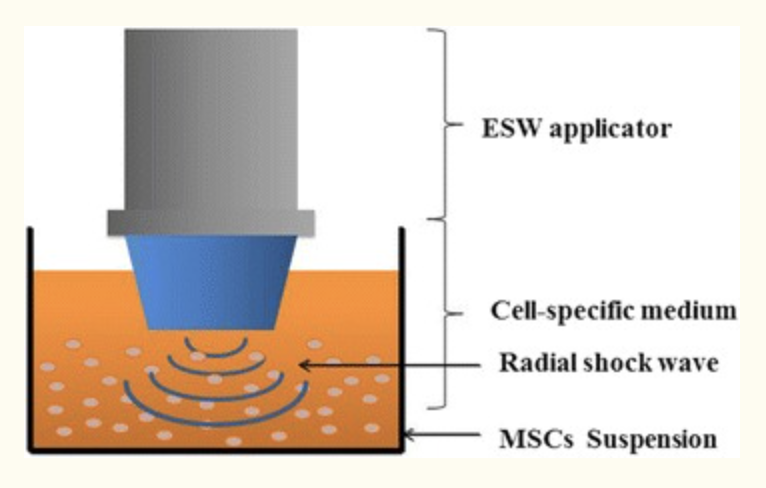
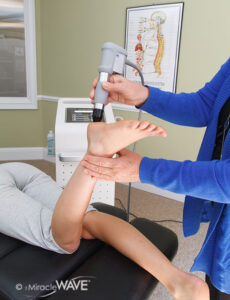
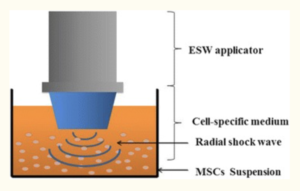
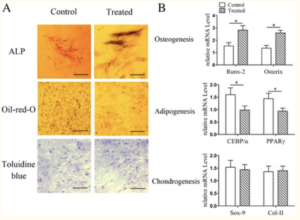
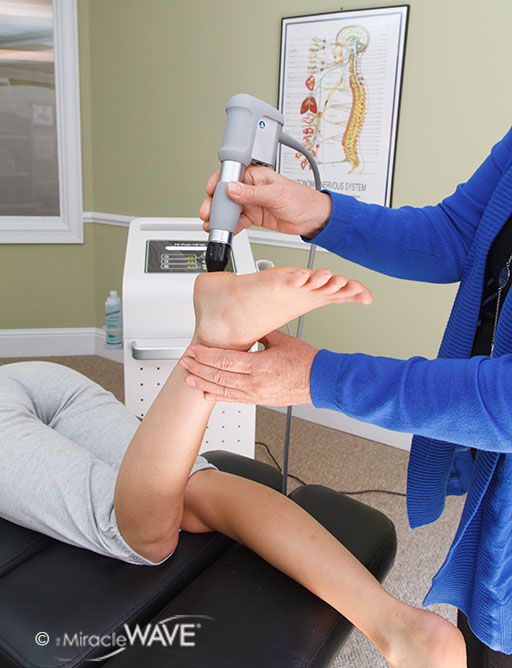




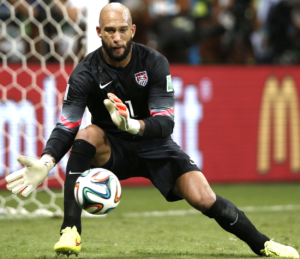 From the World Cup in Brazil to local youth leagues, we all know soccer-related injuries are basically unavoidable. Just a few of the injuries recently reported include:
From the World Cup in Brazil to local youth leagues, we all know soccer-related injuries are basically unavoidable. Just a few of the injuries recently reported include: Although treatments for World Cup and other competitive players can vary from R.I.C.E. (Rest, Ice, Compression, Election) to corticosteroids, some soccer clubs now have actually discovered a different solution similar to
Although treatments for World Cup and other competitive players can vary from R.I.C.E. (Rest, Ice, Compression, Election) to corticosteroids, some soccer clubs now have actually discovered a different solution similar to 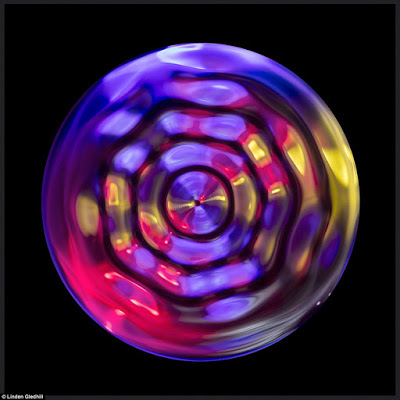
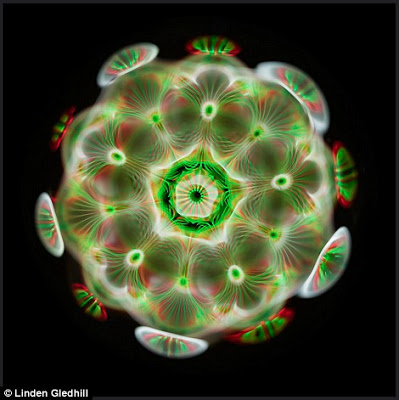 In other words, acoustic waves create a ‘force’ on the tissues that can improve blood flow and encourage the body to repair itself, resulting in more rapid healing without undergoing invasive treatment methods like surgery.
In other words, acoustic waves create a ‘force’ on the tissues that can improve blood flow and encourage the body to repair itself, resulting in more rapid healing without undergoing invasive treatment methods like surgery.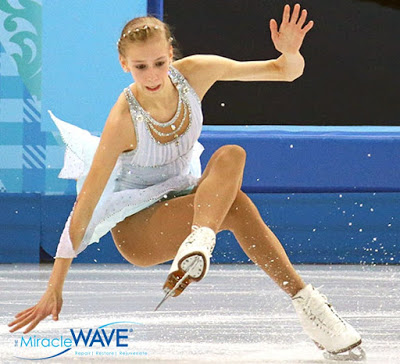 The sport of gracefully gliding, dancing and leaping… across a glass-like surface… wearing nothing on your feet but single blades strapped to each leather boot—aka figure skating, is nothing shy of beautiful.
The sport of gracefully gliding, dancing and leaping… across a glass-like surface… wearing nothing on your feet but single blades strapped to each leather boot—aka figure skating, is nothing shy of beautiful.